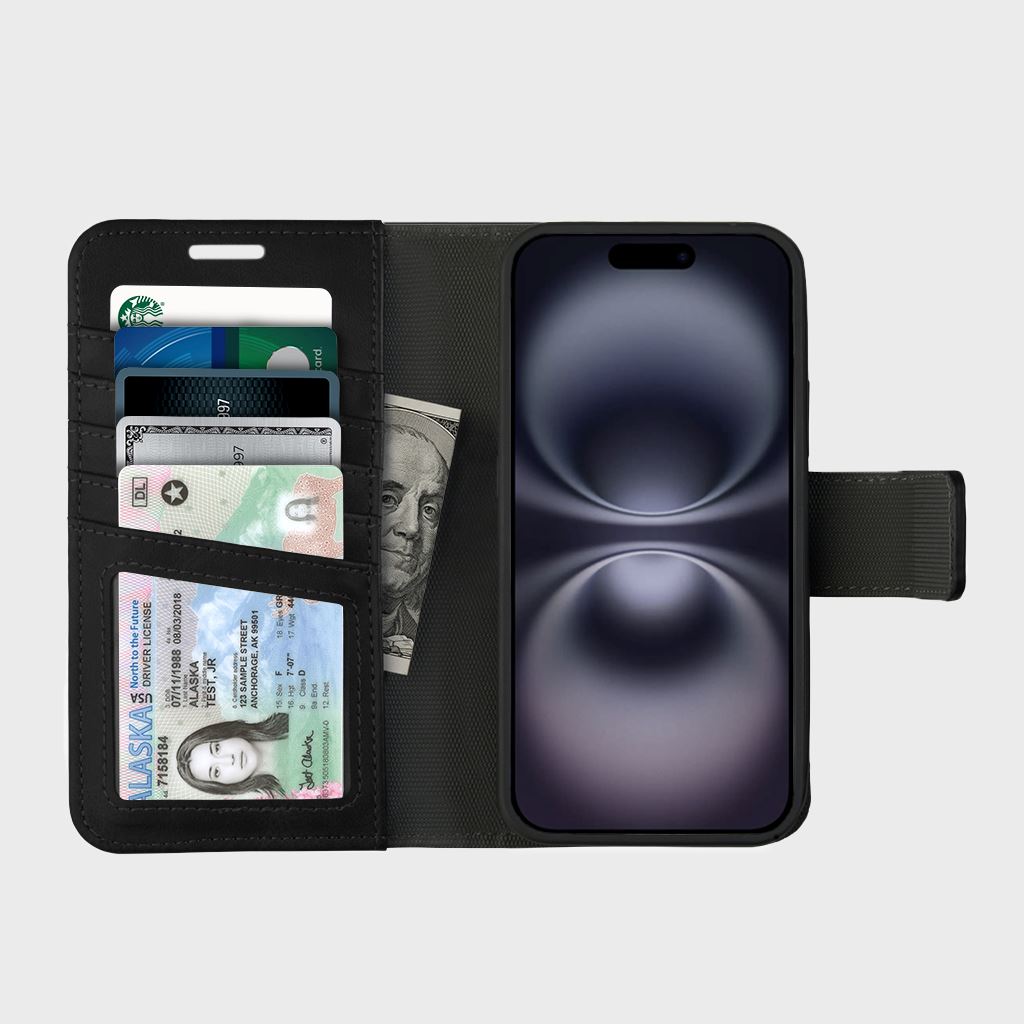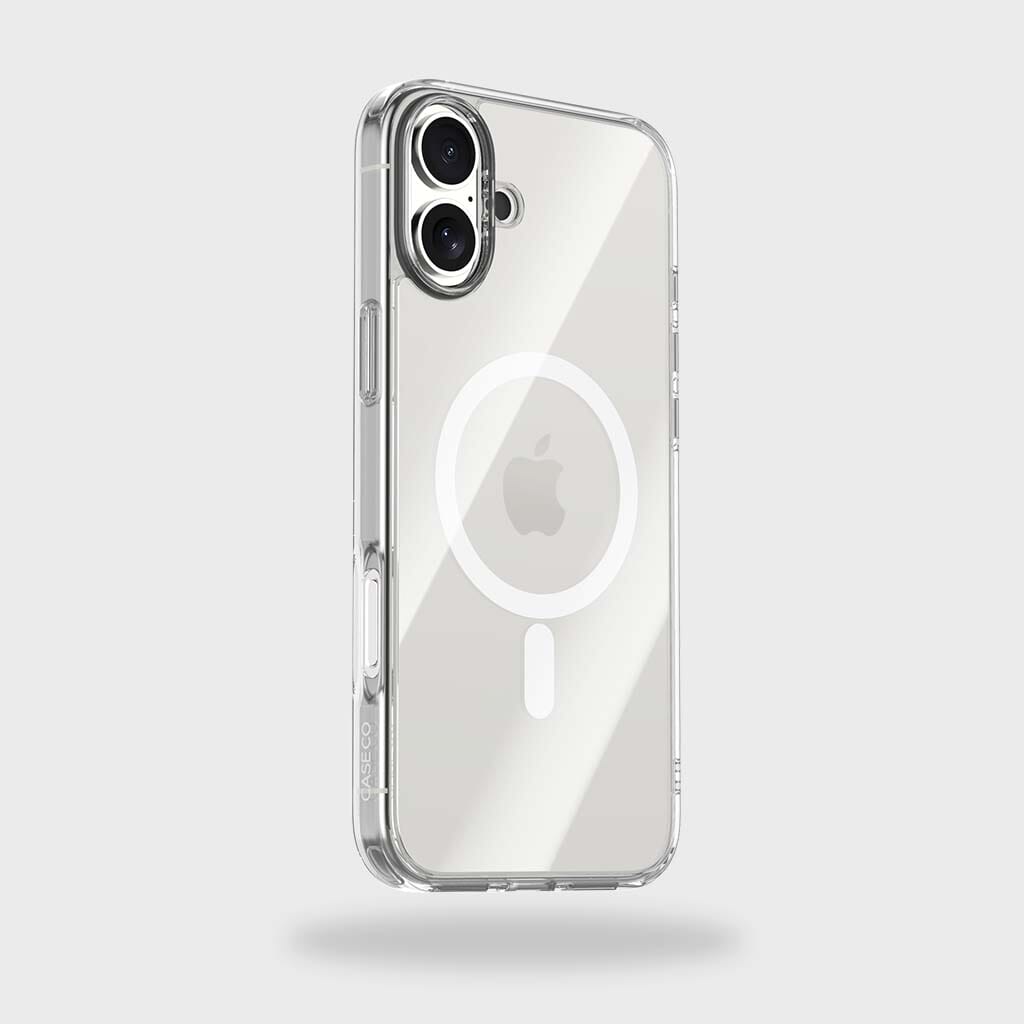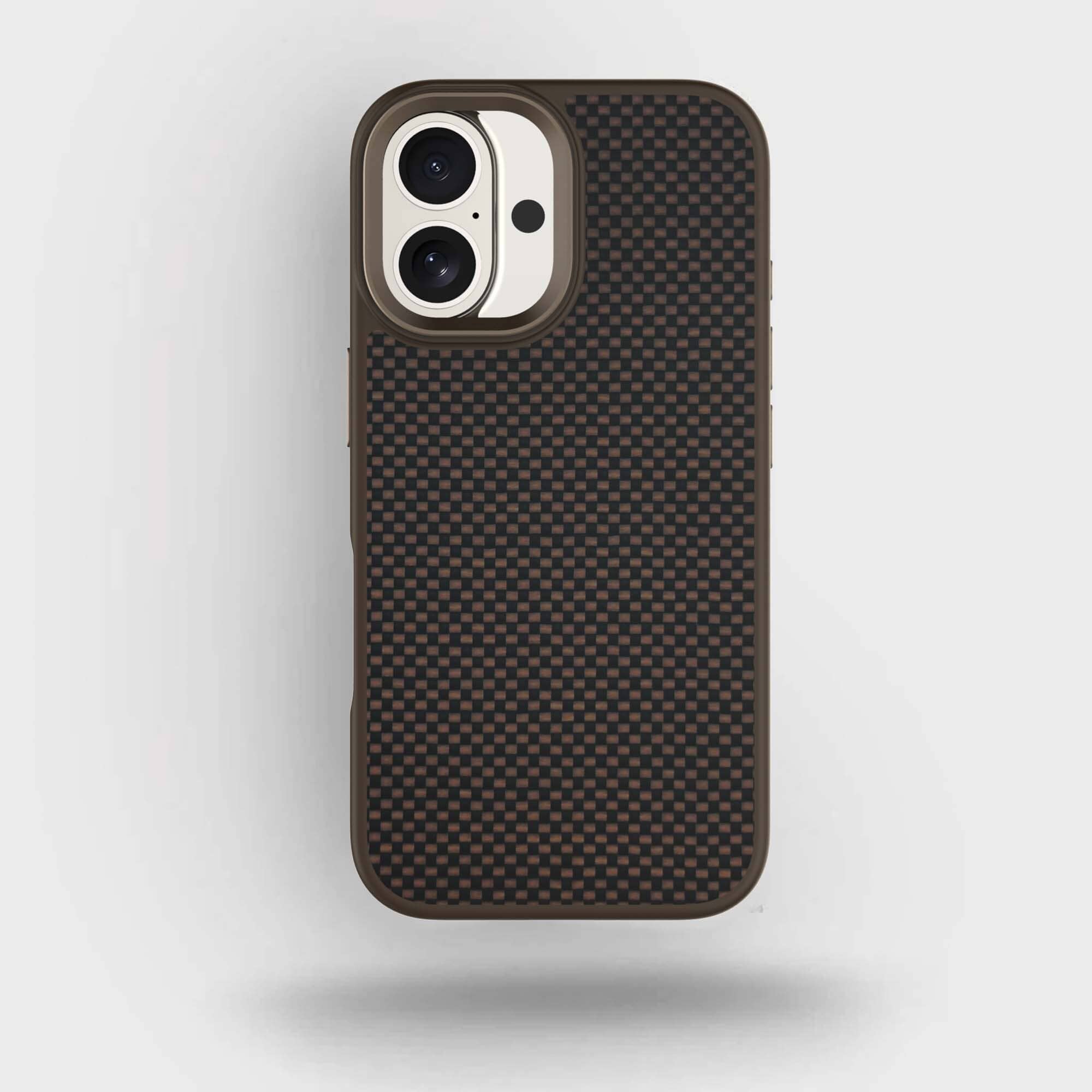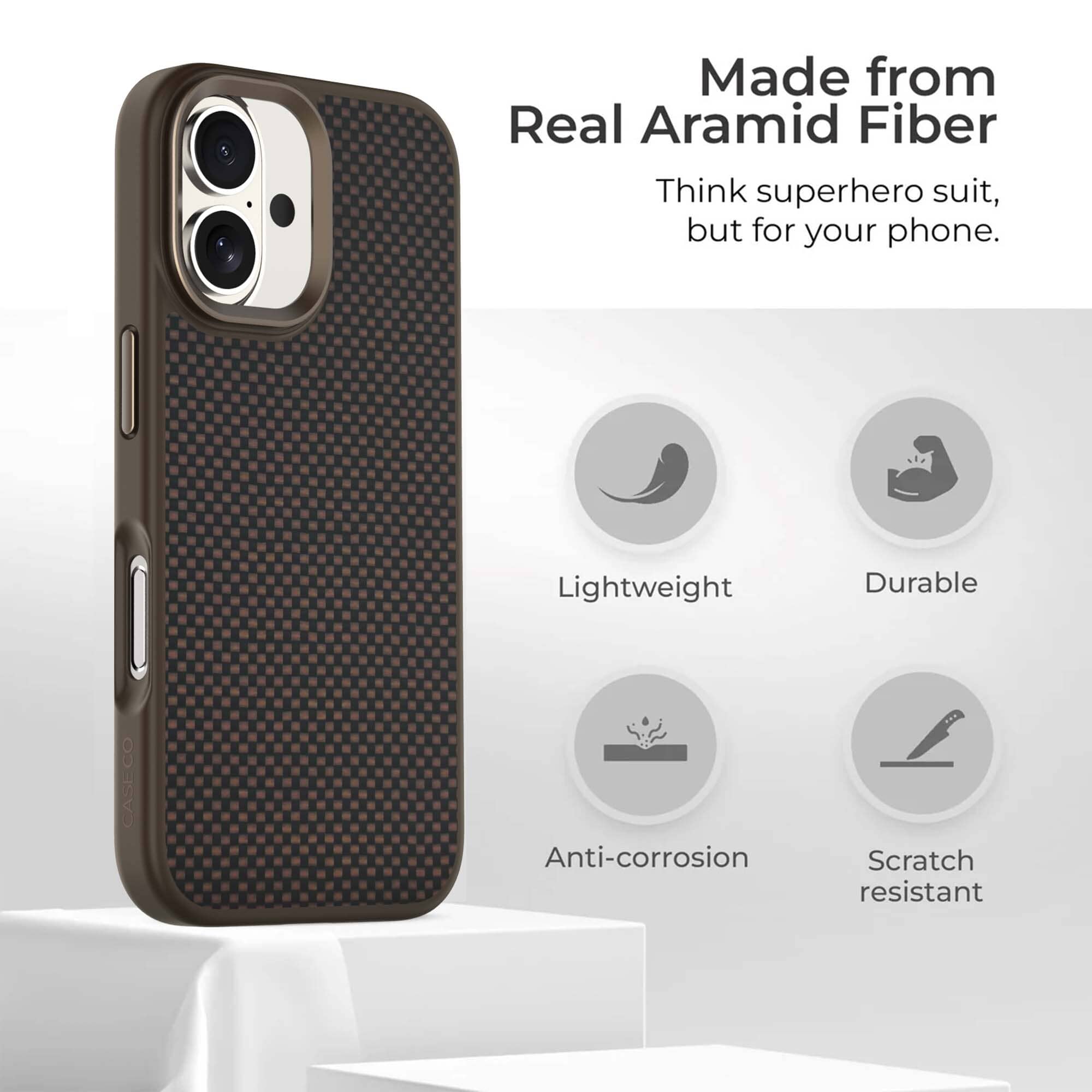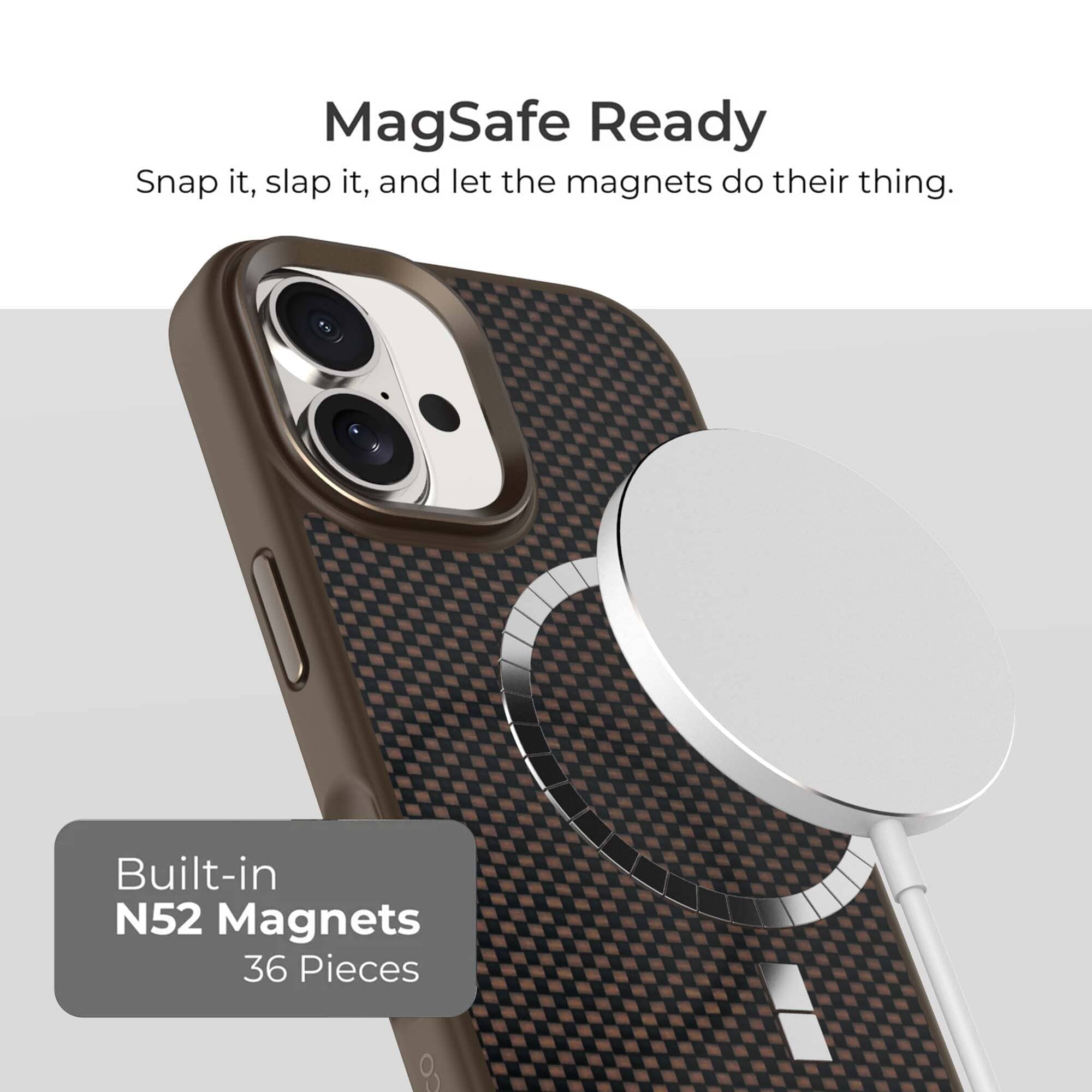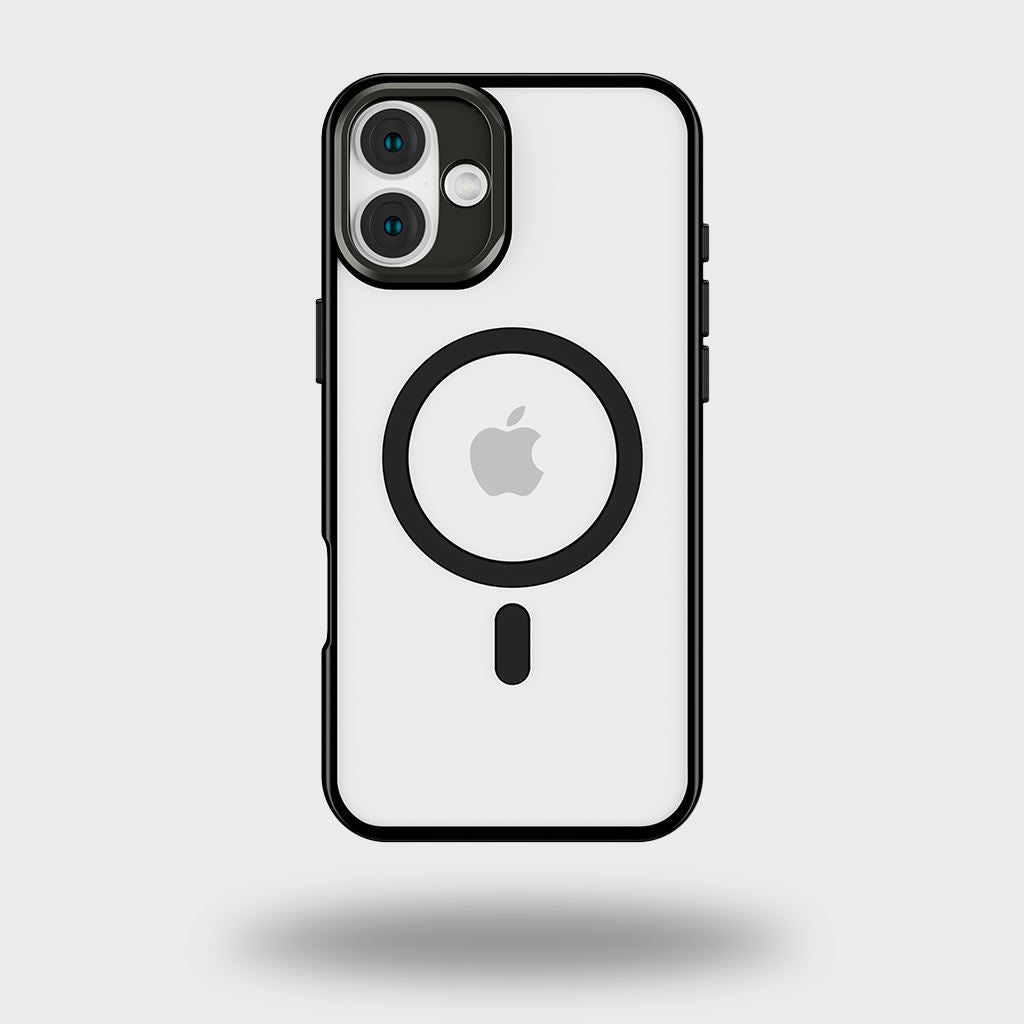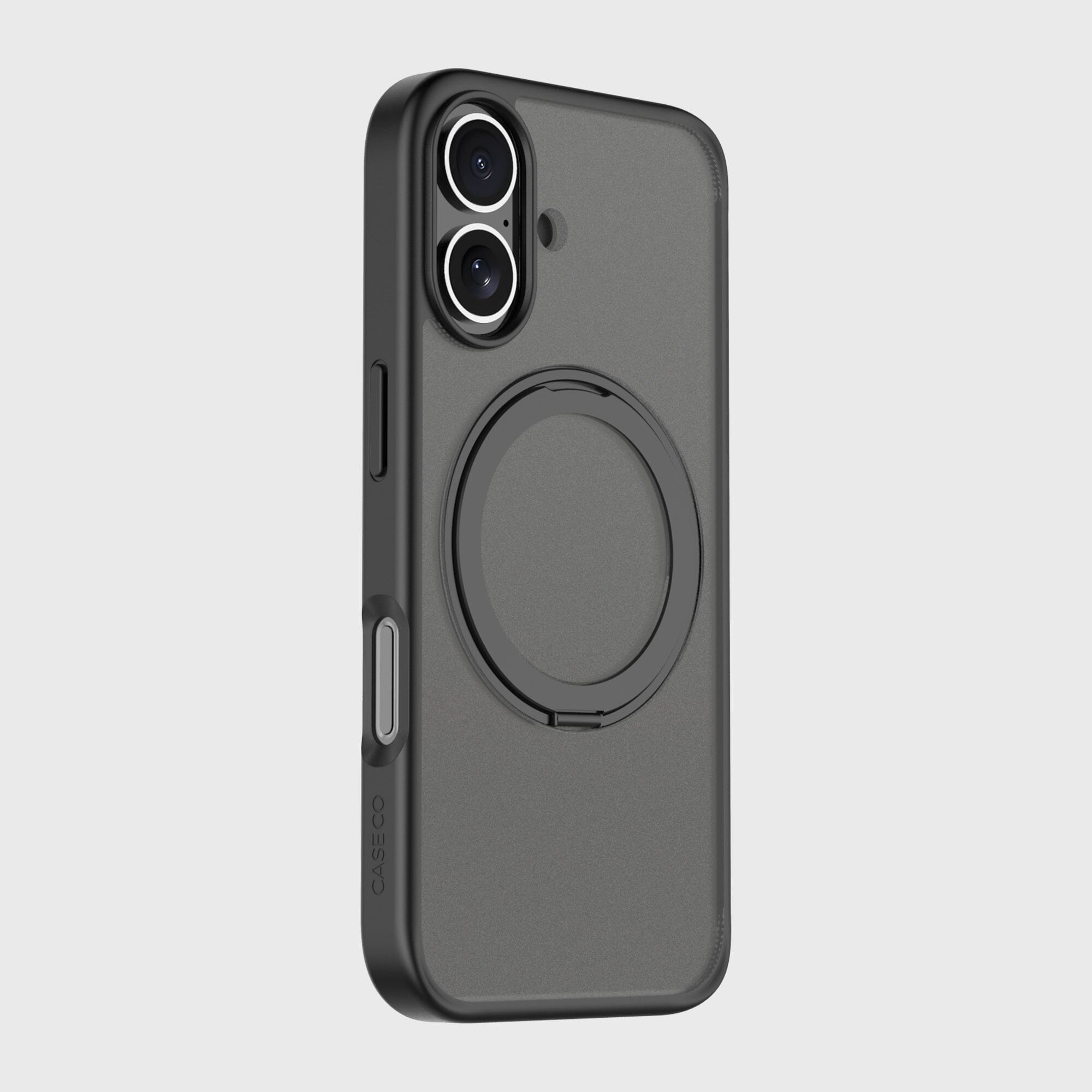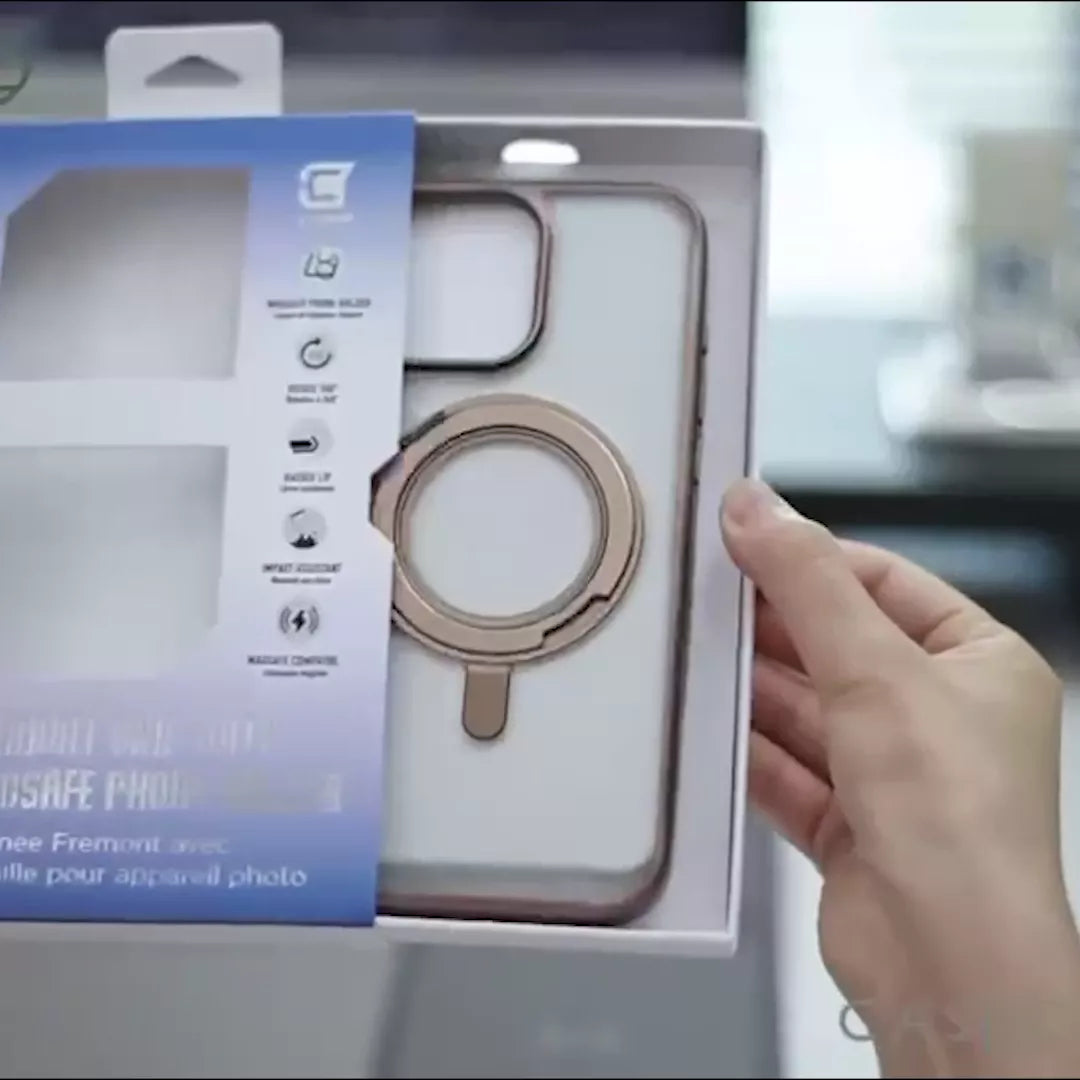USB Type-C is a new standard for connecting and charging devices, such as smartphones, laptops, tablets, and more. It offers many advantages over the previous USB standards, such as faster data transfer, higher power delivery, and reversible plug orientation. However, not all USB-C cables are the same, and some may not work well with certain devices or features. In this article, we will compare the Samsung Type-C cable and the Apple USB Type-C cable, and explain how they differ in terms of compatibility, functionality, and performance.
Compatibility
One of the main differences between the Samsung Type-C cable and the Apple iPhone 15 Type-C cable is the compatibility with different devices and ports. The Samsung Type-C cable is designed to work with any device that has a USB-C port, regardless of the manufacturer or the operating system. This means that you can use the Samsung Type-C cable to connect your Samsung phone to a Windows laptop, a Chromebook, a Nintendo Switch, or any other device that supports USB-C.
The Apple Type-C cable, on the other hand, is more limited in its compatibility. The Apple Type-C cable comes in two variants: the USB-C to USB-C cable and the USB-C to Lightning cable. The USB-C to USB-C cable can only be used with devices that support USB4 or Thunderbolt 3/4, which are mostly Apple products, such as the MacBook Pro, the iPad Pro, and the iPhone 15. The USB-C to Lightning cable can only be used with devices that have a Lightning port, which are exclusively Apple products, such as the iPhone 12 and earlier models. This means that you cannot use the Apple Type-C cable to connect your iPhone to a non-Apple laptop or charger, or vice versa.
Functionality
Another difference between the Samsung Type-C cable and the Apple Type-C cable is the functionality they offer when connected to different devices and features. The Samsung Type-C cable supports various features and modes that are enabled by the USB-C standard, such as fast charging, data transfer, video output, audio output, and alternate modes. For example, you can use the Samsung Type-C cable to charge your phone at up to 25W, transfer files at up to 10 Gbps, output video at up to 4K resolution, and connect to non-USB devices that support alternate modes such as DisplayPort, HDMI, MHL, or Ethernet.
The Apple Type-C cable also supports some of these features and modes, but not all of them. The USB-C to USB-C cable supports fast charging at up to 240W, data transfer at up to 40 Gbps, video output at up to 6K resolution, audio output at up to 32-bit/384 kHz, and alternate modes such as Thunderbolt 3/4 and DisplayPort. However, it does not support other alternate modes such as HDMI, MHL, or Ethernet. The USB-C to Lightning cable supports fast charging at up to 20W, data transfer at up to 480 Mbps, and audio output at up to 24-bit/48 kHz. However, it does not support video output or any alternate modes.
Performance
The last difference between the Samsung Type-C cable and the Apple Type-C cable is the performance they deliver when connected to different devices and features. The performance of a USB-C cable depends on several factors, such as the quality of the cable material, the length of the cable, the power rating of the charger or port, and the specifications of the device or feature. Generally speaking, shorter cables with higher quality materials and higher power ratings will perform better than longer cables with lower quality materials and lower power ratings.
The Samsung Type-C cable is made of durable PVC material with a braided nylon cover that resists wear and tear. It has a length of 1 meter (3.3 feet) and a power rating of 5A (25W). It can deliver fast charging and data transfer speeds for most devices and features that support USB-C.
The Apple Type-C cable is made of woven fabric material with a metallic finish that resists kinks and tangles. It has a length of 2 meters (6.6 feet) for the USB-C to USB-C variant and 1 meter (3.3 feet) for the USB-C to Lightning variant. It has a power rating of 6A (240W) for the USB-C to USB-C variant and 3A (20W) for the USB-C to Lightning variant. It can deliver faster charging and data transfer speeds than the Samsung Type-C cable, but only for devices and features that support USB4 or Thunderbolt 3/4.
Conclusions
The Samsung Type-C cable and the Apple Type-C cable are both USB-C cables that can be used to connect and charge different devices. However, they have some notable differences in terms of compatibility, functionality, and performance. Therefore, depending on your needs and preferences, you may want to choose one over the other.


